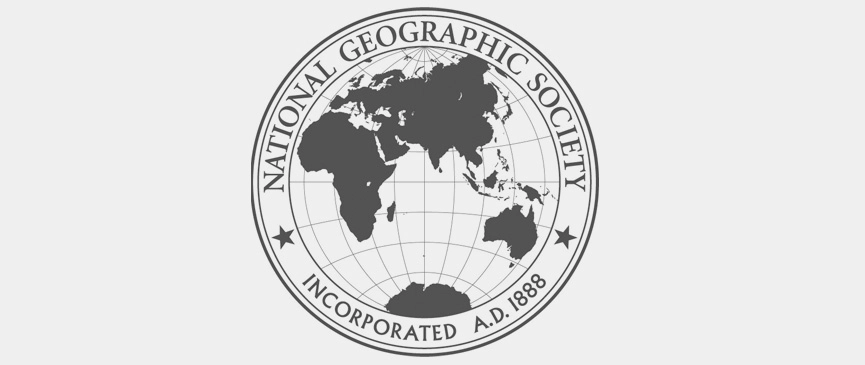Main content
National Geographic Society Prince of Asturias Award for Communication and Humanities 2006

The National Geographic Society is one of the world's leading scientific and educational organisations. With its five magazines, television channel, documentaries, films, radio programmes, books, videos, maps and interactive media, it is received by over three hundred million people a month. The National Geographic magazine, the society's official paper, is published in English and twenty-eight other languages and has a circulation worldwide of over 8.8 million copies. Other reviews published by National Geographic, such as National Geographic Traveller, National Geographic Adventure, National Geographic Kids y National Geographic Explorer are read by over 11.5 million readers. The Society has also published over two thousand texts in thirty-two languages since it published its first book in 1907, as well as editing over 150 books a year. Its international television channel is broadcast to over 230 million families in 163 countries in 27 languages.
The National Geographic Society was founded in Washington, USA, in 1888 and its first president was Gardiner Greene Hubbard, a lawyer, banker and philanthropist who gave backing for the experiments of his son-in-law, Alexander Graham Bell, who invented the telephone. The first issue of National Geographic was published nine months after the society was launched, though it was a very different kind of scientific review to the regularly-published, glossy magazine that it has become over time. National Geographic has provided funding for almost 8,000 scientific research and exploration projects, ranging from Hiram Bingham's expedition to Machu Pichu to Dian Fossey's studies of gorillas in the mountains of Ruanda and the fossil discoveries of Paul Sereno on several continents. It is at present involved in over 500 expeditions and research projects in different parts of the world.
Its Committee for Research and Exploration has an annual budget of five million dollars to fund projects in a range of disciplines that includes anthropology, archaeology, astronomy, biology, botany, geography, geology, oceanography, paleontology and zoology. Its first grant was bestowed in 1890 to American geologist Israel C. Russel to explore Alaska. It also provided crucial support in 1935 to the American Air Force captains who took the Explorer II balloon to the then-time record of 22,065 metres, and again between 1938 and 1946 for archaeologist Matthew W. Stirling's expedition, which discovered the 25,000 year-old stone heads of the Olmec culture in south-east Mexico. The chimpanzee observations in Gombe, Tanzania, by ethologist and 2003 Prince of Asturias Award Laureate for Technical and Scientific Research Jane Goodall was similarly sponsored by the Society for over thirty years. After one hundred years existence, the National Geographic Society has now found its inspiration in new concerns, such as young people's lack of geographic knowledge and the ever-greater need to protect the planet's natural resources. It joined up with a computer science company in 2005 to launch an anthropological project called Genographic that collected samples of DNA worldwide over a five year period to trace how the planet was populated and set up one of the world's biggest genetic databases. It presented a heretical second century document known as the Lost Gospel of Judas in April 2006, after painstaking work involving paleontologists, restorers, academics and translators to recover a document of inestimable historic and theological value.
The Society's magazines and on-line version of National Geographic Magazine have won five National Magazine Awards, America's highest honour in the field. Its audiovisual production has received over a thousand awards, including 124 Emmy Awards and two Oscar nominations. The Society's internet portal www.nationageographic.com has won three Codie Awards from the Software and Information Industry Association: best on-line reference source (2004), best on-line consumer service (2003) and best elementary teaching solution (2002).
End of main content
